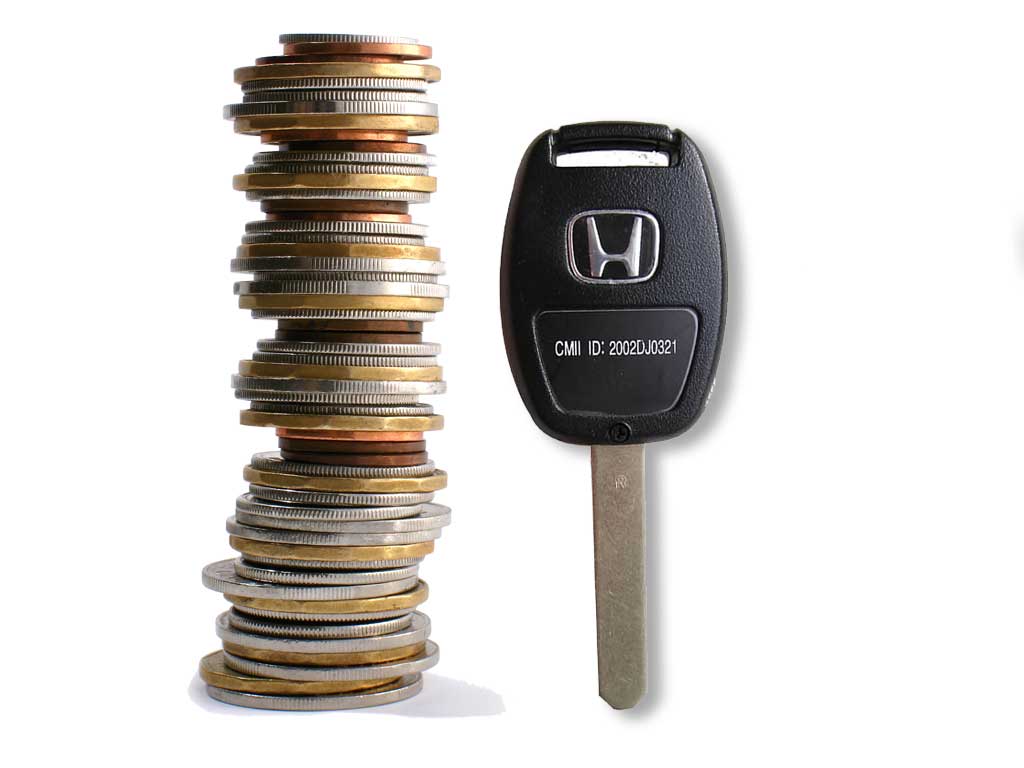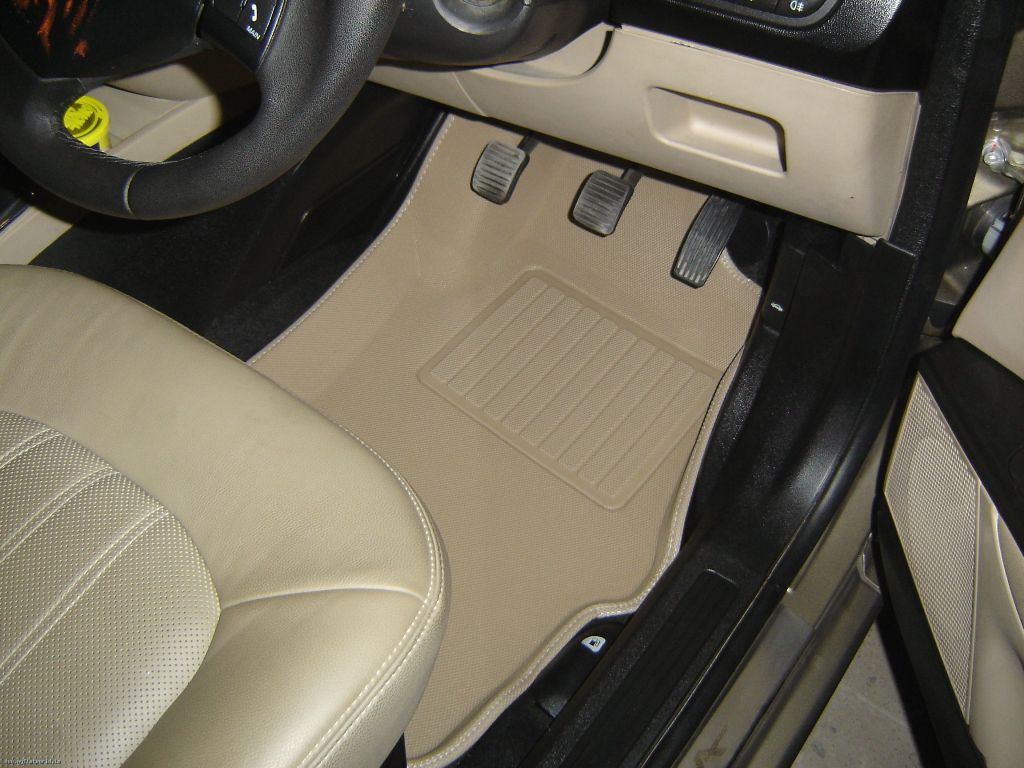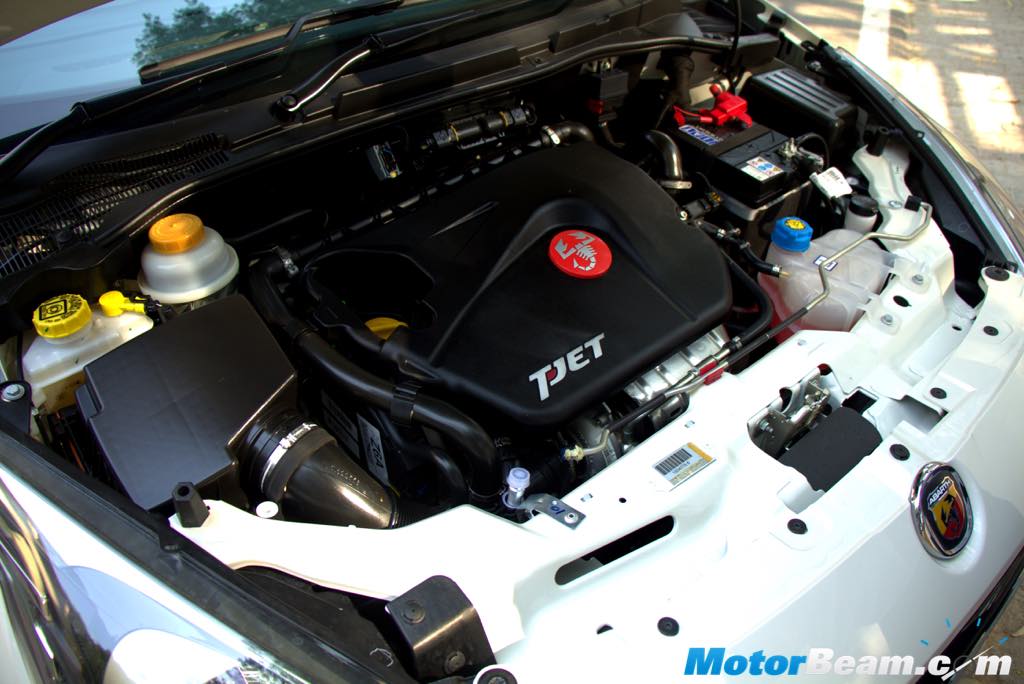Helmets don’t come cheap and more importantly their purpose cannot be taken for granted. Hence it is very important that you make sure that your investment on a helmet is worth the time and money once it sits on your head protecting you during the rides.
So how do you choose which is the right helmet? What factors do you need to look into when purchasing a helmet? When you enter the helmet store, there are some basic details that you need to be prepared with. We give you the basic details that you need to consider when making the purchase for a new helmet.
1. The Type of Helmet
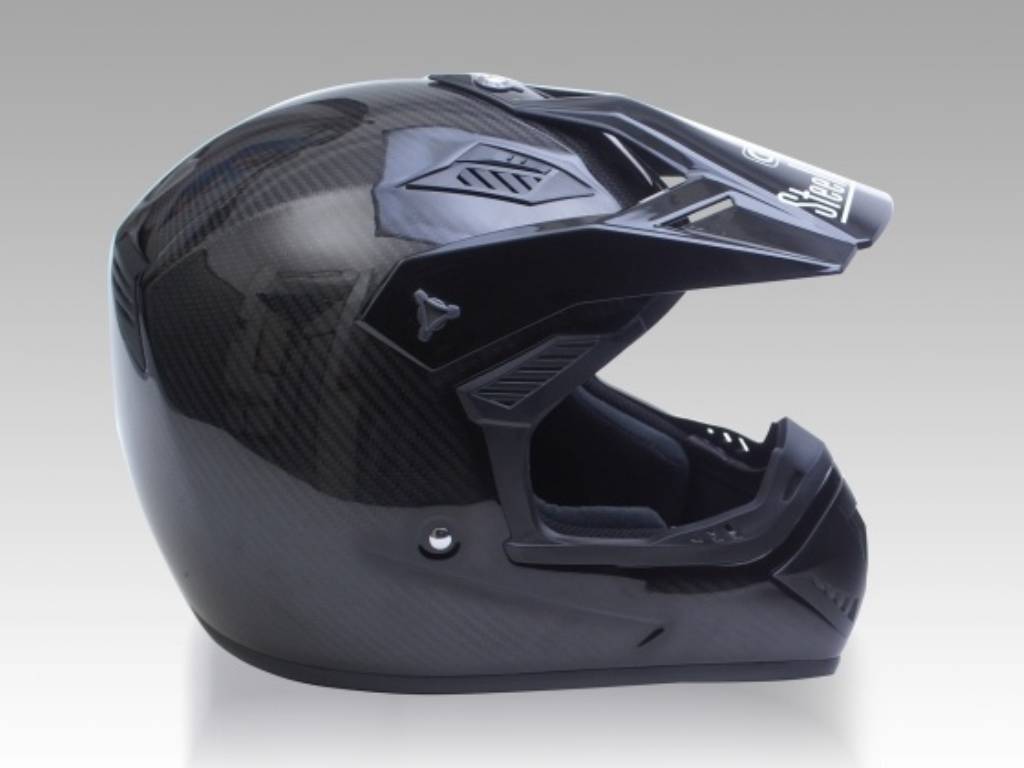
You have witnessed several types of helmets that are available in the market from full faced, half faced, modular, off-road and so on. You need to first finalize what is your need and what are you comfortable with. A full faced helmet is usually the obvious choice for a biker, but if you are riding a scooter, a half faced helmet will suffice your need as well. While off-road helmets look sporty and cool on most street bikes. Modular helmets might sound impressive give you the protection and practicality of full and half faced helmets. Try out different helmet styles; do not select a helmet on face value.
2. The Certification
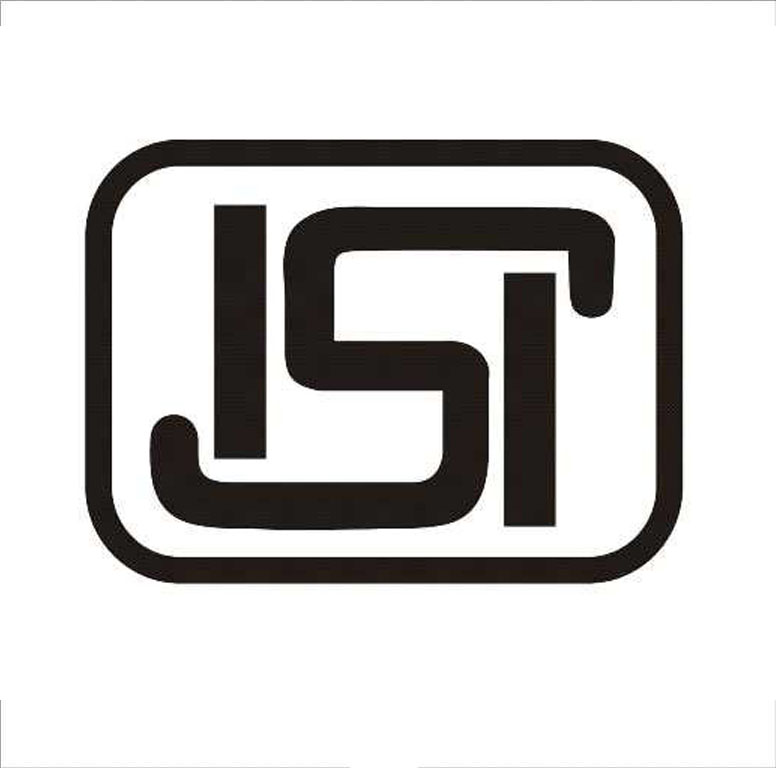
Once you have selected the helmet style, look for the ISI mark at the back of the helmet. The ISI mark suggests that it has been approved by the government and follows the entire safety tests that include minimum impact and penetration capabilities; chin strap retention qualities, and a prescribed minimum field of view. You may get helmets for cheap without the ISI mark, but those won’t provide any protection plus you will have to pay a Rs. 100/- fine for not having an ISI mark helmet. If you are purchasing the dual sport helmet, the safety ratings are in the form of DOT and SNELL that are more stringent compared to ISI. Make sure that international helmets comply with these regulations.
3. The Material
Most helmets are usually made of fibre-glass composites while the high end ones are made out of carbon composites and Kevlar. The interiors of the helmet have cushioning with air mesh to soak up the sweat and keep it the insides clean and dry. Do not purchase the plastic ones as they will break even from a fall. Check if the helmet is light enough to be worn for long hours and the inside foam can be removed for washing or not. Most helmets easily last 3 -5 years, and the smaller details will be useful when making the final decision.
4. The Coverage area
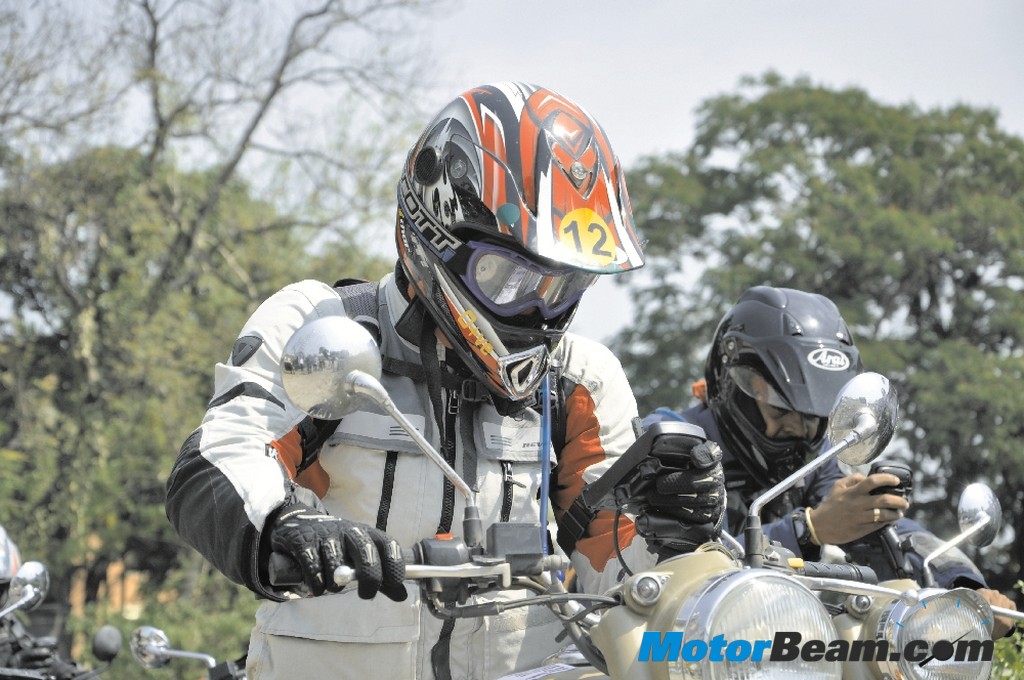
The coverage area denotes the area of protection that your head will receive from a helmet. Full faced helmets provide the maximum protection covering the head, face and neck. So if safety is your priority which it should be, ask for the coverage area of the helmet when buying.
5. The Visor
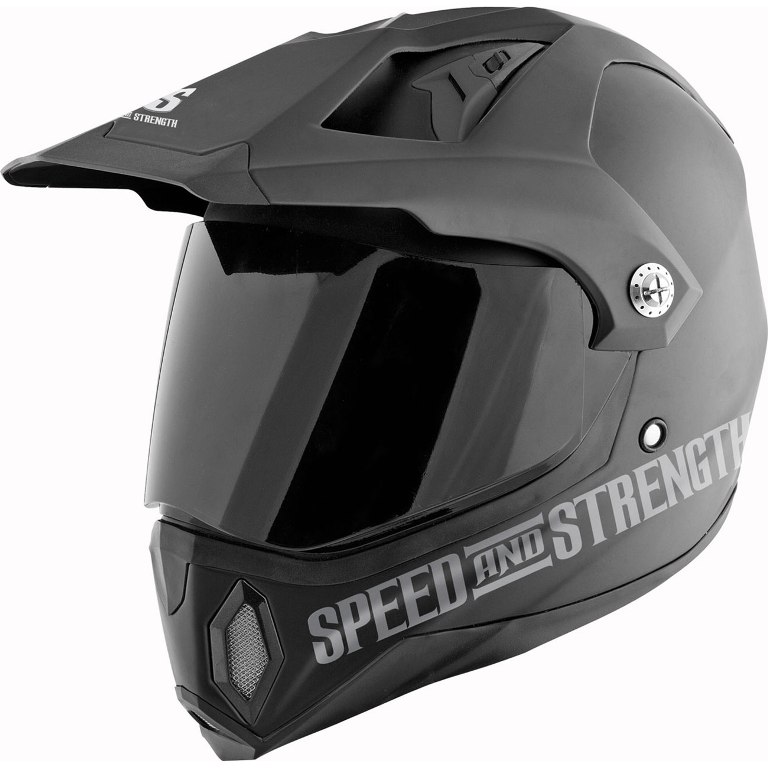
The visor is available in clear as well as tinted shades. Choose what you are comfortable with . A dark tinted visor could make seeing at night very difficult; whereas clear visors will let in the sunlight during the day. Visors also develop scratches faster and can hamper the visibility of the rider. Ask for UV protection visors, which are better in protecting than the stock visors. If you are picking up a high end helmet internationally, make sure to pick up a spare visor as well. Sourcing a new visor locally can get difficult at times.
6. The Comfort
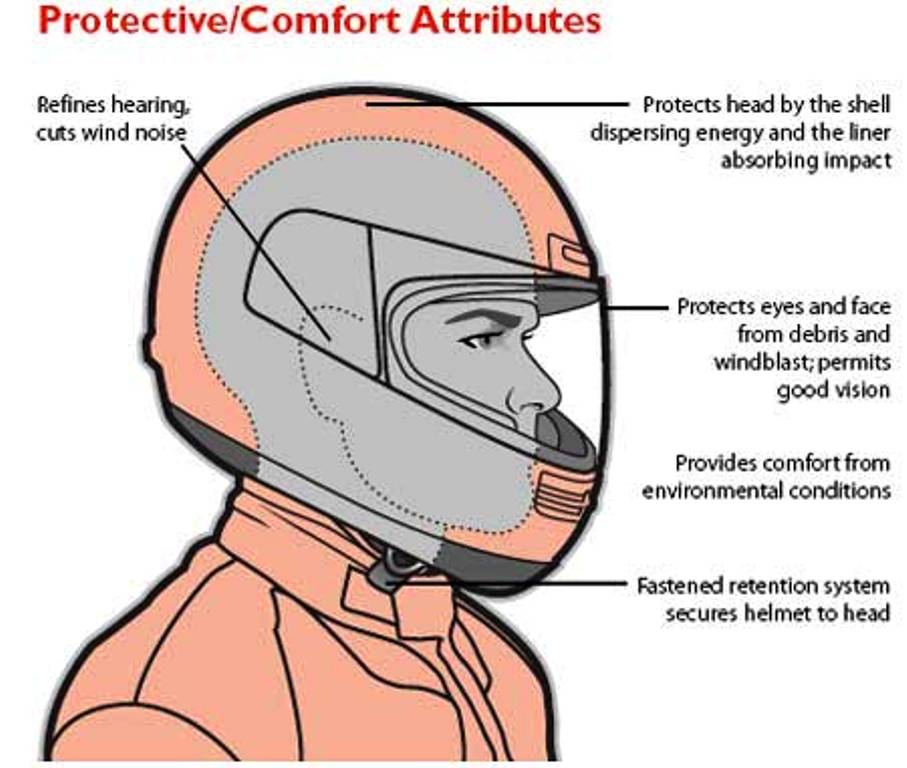
Helmets also come with ventilation vents that will cool your head down during sunny days. Long riding under sunny temperatures can create a bad odour to develop in the helmet, adequate ventilation makes sure that the air inside the helmet is being recycled and the rider does not feel suffocated. Look for ventilating vents when purchasing the helmet, they will provide you the much needed comfort. Look for the comfortable padding inside. Make sure they don’t depress on your face to the point of suffocation. Look for good brands Vega, Studds or Steel bird, since they will be able to provide the needed comfort and the right size.
7. The Fit
If you remember wearing a helmet as a kid, you will also remember it used to wobble up and down. This shows that the helmet is oversized and not of your fit. Keep this in mind when trying out a helmet. The helmet should have a snug fit and should not wobble or try to suffocate you by being too tight. The helmet will pop out in case of an accident if it is lose or too big. Wear it at least for 10 – 15 minutes to see how it fares for you. The strap should lock in and open up easily but not vaguely. Once locked the helmet should not move or come out. Ask someone to remove the helmet for you, to see if the strap locks properly or not.
8. The Styling
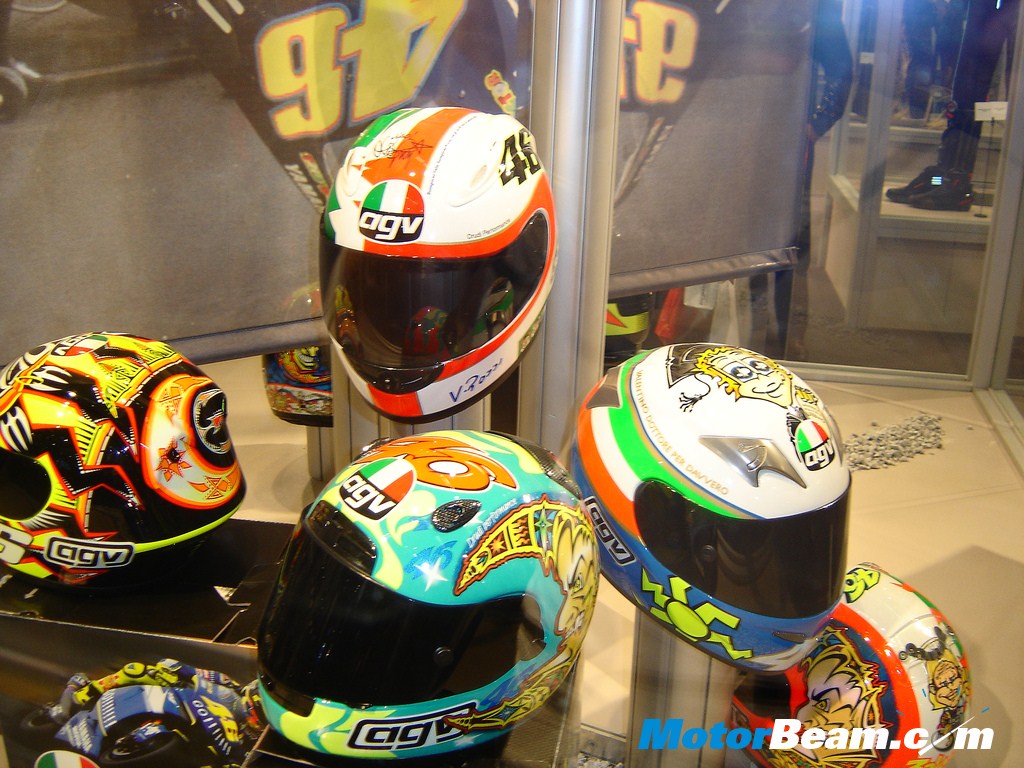
Once you have checked all the other criteria’s, the last point is the styling of the helmet. The style and design can be subjective and is a good opportunity to individualize what you wear. Some would like their helmets air-brushed or go funky with stickers or just keep it stock. Companies also have their special range for the young and the restless with a load of varieties to choose from. This is where you can experiment and give it your personal touch without compromising on the other aspects. Remember the personalization does come at a cost, and will marginally increase the price of your helmet.
9. The worth
So finally it comes down to the price. Helmets from Bell and Arai worth twenty thousand a pop may sound impressive and desirable, but realistically look what works for you. Spending that amounts on a 150-200 cc motorcycle does not seem reasonable. Moreover, you get helmets at an affordable range giving you the crash protection properties mandated by law. Starting at a range of Rs. 1500/- onwards, you will have a variety to choose from in the market. You will also get helmets for lower than that but look out for the aforementioned qualities and how it would protect your head from an impact. At the end of the day, the decision remains yours, whether to spend on a helmet or at a hospital.


